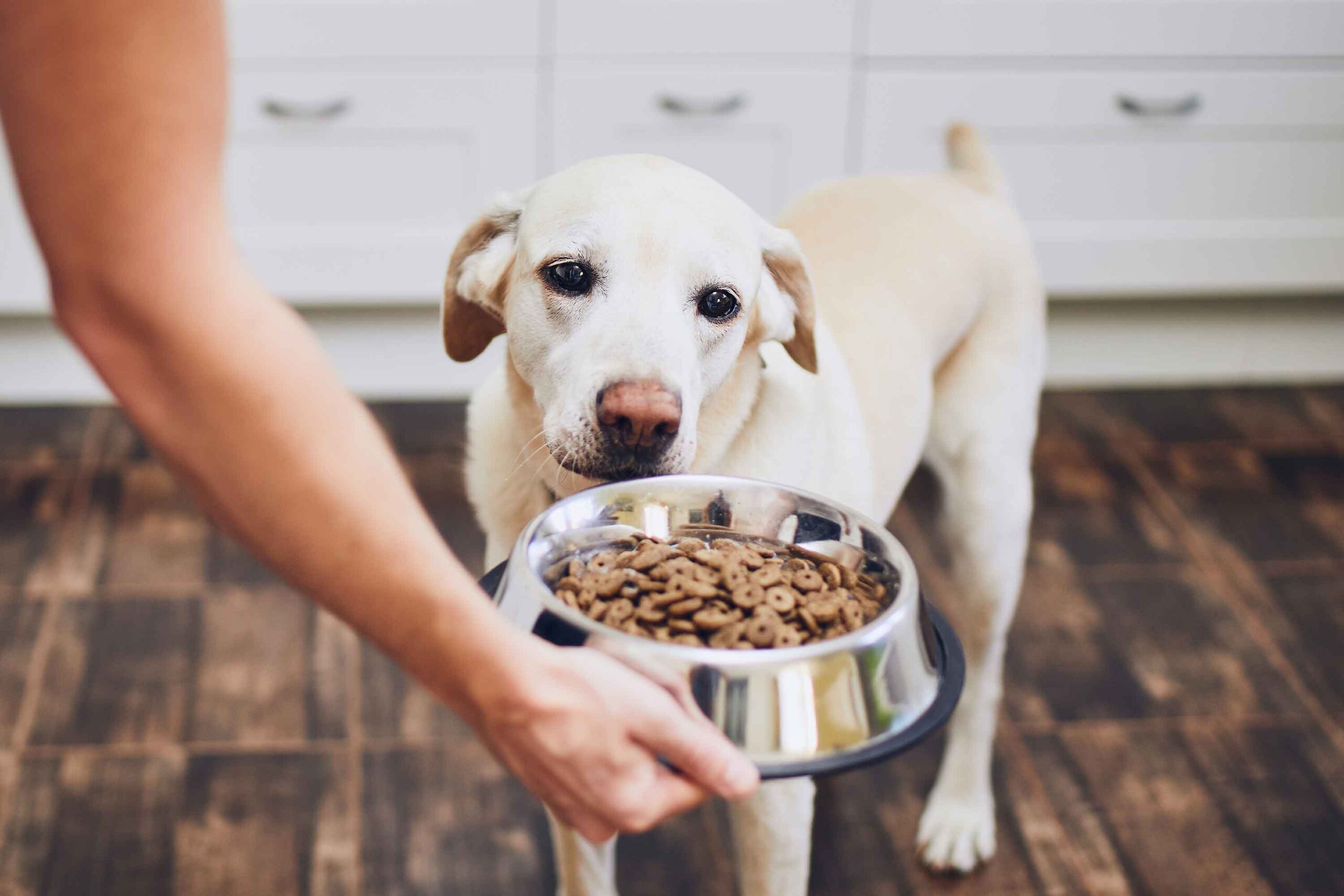Feeding Smarter: How to Match the Right Food With the Right Bowl for Your Dog
When it comes to feeding smarter to our dogs, most of us focus on what’s in the bowl. Is the kibble high in protein? Free of fillers? Good for sensitive stomachs? But there’s another part of the equation that often goes unnoticed-the bowl itself.
Believe it or not, your dog’s bowl height, material, and placement can play a big role in how well they digest their food and how comfortable they are during mealtime. It’s not just about the quality of the food-it also about how it’s served.
In this blog, we’ll show you how to feed smarter by pairing the right dry dog food with the right feeder setup, based on your dog’s breed, age, size, and eating style.
The Role of Nutrition: Why Reading Labels Matters
Picking a dry dog food brand isn’t always easy. Marketing terms like “natural,” “premium,” or “gourmet” can be misleading, and it’s the ingredient list and nutritional profile that really matter.
Here’s what to look for when reading a dry dog food label:
- Named protein source as the first ingredient (like chicken, beef, or lamb-not “meat by-products”)
- Limited fillers like corn, soy, or wheat
- Added vitamins and minerals (e.g., omega-3s, glucosamine, probiotics)
- AAFCO statement ensuring the food meets standard nutritional requirements
For a full breakdown, we recommend checking out our guide on how to read a dry dog food label. It’ll help you understand which ingredients to prioritize and which to avoid.
Choosing the right formula ensures your dog gets the energy, nutrients, and support they need-but that’s just step one.
The Bowl Matters, Too: How Feeder Height Affects Your Dog
The height and design of your dog’s food bowl can make a surprising difference-especially when it comes to digestion, comfort, and posture.
Raised Feeders
- Ideal for large breeds, deep-chested dogs, or seniors with arthritis
- Help reduce strain on the neck and joints
- May improve posture and make swallowing easier
Floor-Level Bowls
- Often better for small breeds, puppies, or flat-faced dogs (like pugs and bulldogs)
- More natural head positioning for dogs close to the ground
- Help prevent spills and mess for less aggressive eaters
We explored the pros and cons in depth in our post on raised vs floor-level feeders, and it turns out-what works best often depends on your dog’s unique needs.
How the Right Food and Bowl Work Together
Now let’s talk about combining those two elements: diet and delivery.
Imagine feeding a large-breed senior dog a fibrous, high-nutrient kibble-but from a low bowl. They may struggle to reach the food comfortably, swallow awkwardly, or experience bloating due to posture strain.
On the flip side, a small dog eating tiny kibble from a raised bowl might knock it over, push food around, or leave meals unfinished.
Here’s how the right food and the right bowl height can complement each other:
- High-fiber kibble pairs well with raised bowls to encourage slower, more comfortable digestion.
- Small-bite kibble should be served at floor level for toy breeds to avoid mess and frustration.
- Sensitive stomach formulas benefit from consistent feeder positioning that reduces gulping or stress.
It’s not just about choosing premium food-it about helping your dog eat it in the most natural, stress-free way possible.
Special Cases: Matching Setup to Your Dog’s Needs
Every dog is different, but some patterns emerge depending on breed, age, and size. Here’s how to personalize their feeding experience:
Large or Giant Breeds
- Food: Look for joint-supporting nutrients (glucosamine, omega-3s), and large-kibble formulas.
- Feeder: Raised bowl to reduce neck and back strain.
Small or Toy Breeds
- Food: Tiny kibble that’s easier to chew and digest.
- Feeder: Floor-level bowl that stays stable and allows natural access.
Senior Dogs
- Food: Senior formulas with joint care, antioxidants, and softer kibble.
- Feeder: Elevated bowls, preferably with anti-slip bases to prevent tipping.
This kind of thoughtful pairing makes a big difference in your pet’s daily comfort and long-term health.
Building a Smart Feeding Station
Here are a few items that can help you create a well-balanced mealtime setup:
- Non-slip mats to keep bowls in place
- Portion control scoops to prevent overfeeding
- Water dispensers or filtered fountains to promote hydration
- Slow feeders (if your pup tends to gulp their food)
- Raised bowl stands that match your dog’s height
And of course, always place your feeding station in a quiet, low-traffic area to make mealtime peaceful and distraction-free.
Conclusion
Feeding smarter means taking a step back and thinking beyond just what’s in the bowl. The right nutrition is essential, but so is the way it’s delivered.
By reading dry dog food labels carefully and pairing your choice with a feeder that supports your pet’s body and eating habits, you’re giving them more than just a good meal-you’re investing in their long-term health and comfort. Every dog is different, and their feeding setup should reflect that. Whether it’s a raised bowl for a senior golden retriever or a low dish for a speedy Chihuahua, those small adjustments go a long way.













